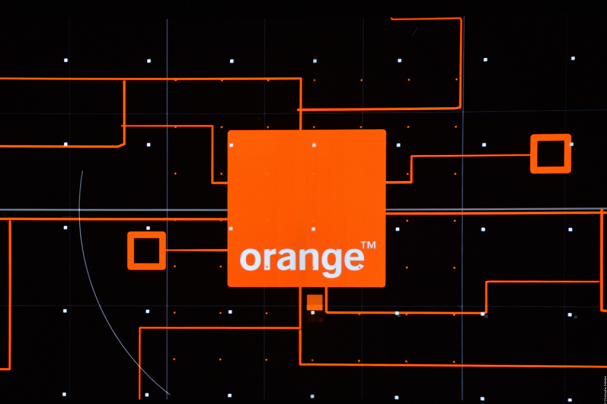Orange is pausing its NB-IoT plans amid an immature ecosystem and better options with LTE-M and LoRa technology, Mobile Europe can reveal.
Olivier Ondet, Vice President of IoT and Analytics at Orange Business Services, says that while the technology was deployed in Belgium this year, previous plans to implement NB-IoT on a more widespread basis in 2018 have been put on ice.
The France-based operator can satisfy demand for IoT connectivity through LoRa and LTE-M, according to Ondet. Orange was a founding member of the LoRa Alliance and announced last week that it was expanding its LTE-M trials in Spain ahead of a launch in Belgium and France by the end of 2017.
The proprietary nature of NB-IoT is one of the problems the France-based operator has experienced, with it lacking the economies of scale it can get with other tech.
Ondet says Huawei’s dominance of the NB-IoT ecosystem influenced the decision to introduce the technology to Belgium as it is a market where it works closely with the Chinese vendor.
Vodafone launched the first NB-IoT commercial network in January across Spain but despite this head-start over LTE-M, Ondet says he still does not see any major differences between the respective ecosystem maturities.
“Obviously if we see narrowband IoT taking off wonderfully, we will be there, but today we see LoRa as the ecosystem with momentum,” he tells Mobile Europe.
Today Orange has 140 LoRa partners across France alone, with Ondet highlighting its simplicity and energy efficiency as the main selling points. He says: “The LoRa approach is very basic. When you start talking, you send a message and the network will sort it out.”
But to paraphrase a classic beer slogan, LTE-M will refresh the parts that LoRa cannot reach. Ondet says: “When the objects are moving or you want them to work everywhere in the world without too much bother, LTE-M will be a better option. This is why when we work with our customers, it’s with both technologies.”
Other benefits include LTE-M’s ability to cope with heavier bitrates as well as the potential to carry voice.
Which leaves NB-IoT as the odd man out. Ondet is at pains to stress the door is not closed entirely on the technology but adds there has been nothing to suggest the operator has made the wrong choice in prioritising other technology.
He says: “It could come if there is a strong ecosystem of devices that would be really differentiated from LTE-M but we are not seeing that.
“We are focusing our energy on stuff where we believe in our choices. That includes LoRa and LTE-M and for good reasons.”
The LTE-M launch later this year will bolster Orange’s 14 million IoT connections, up from 10 million a year ago.
The operator has put together a catalogue of some 80 products for a myriad of different connectivity needs.
LTE-M is going live across Orange’s three launch markets with a ruggedised device for asset tracking, a waterproof GPS tracker for lone workers and a GPS tracker for valuable devices.
Developers have been given access to the technology at the operator’s Parisian research and innovation campus Orange Gardens to further drive new use cases and run a ‘try before you buy’ scheme for interested enterprises.
Ondet says that while there could be a day where business trade up their LoRa connection for an LTE-M one, that is some way down the line. He says: “The more you are using deep indoor water meters or asset tracking that doesn’t move, the better you with LoRa. The more you have objects that move everywhere in the world, where you need voice and energy savings aren’t that critical, then the better off you are with LTE-M.”
He adds: “Especially in France, there’s no reason to switch for at least a couple of years because the LoRa network is excellent quality. You can test the use cases and you get the energy efficiency premium.”
Belgium may be serving as a hedge for Orange’s IoT strategy, but given how it is convinced of LoRa and LTE-M’s strengths, NB-IoT faces a fight on its hands to join the dynamic duo.



